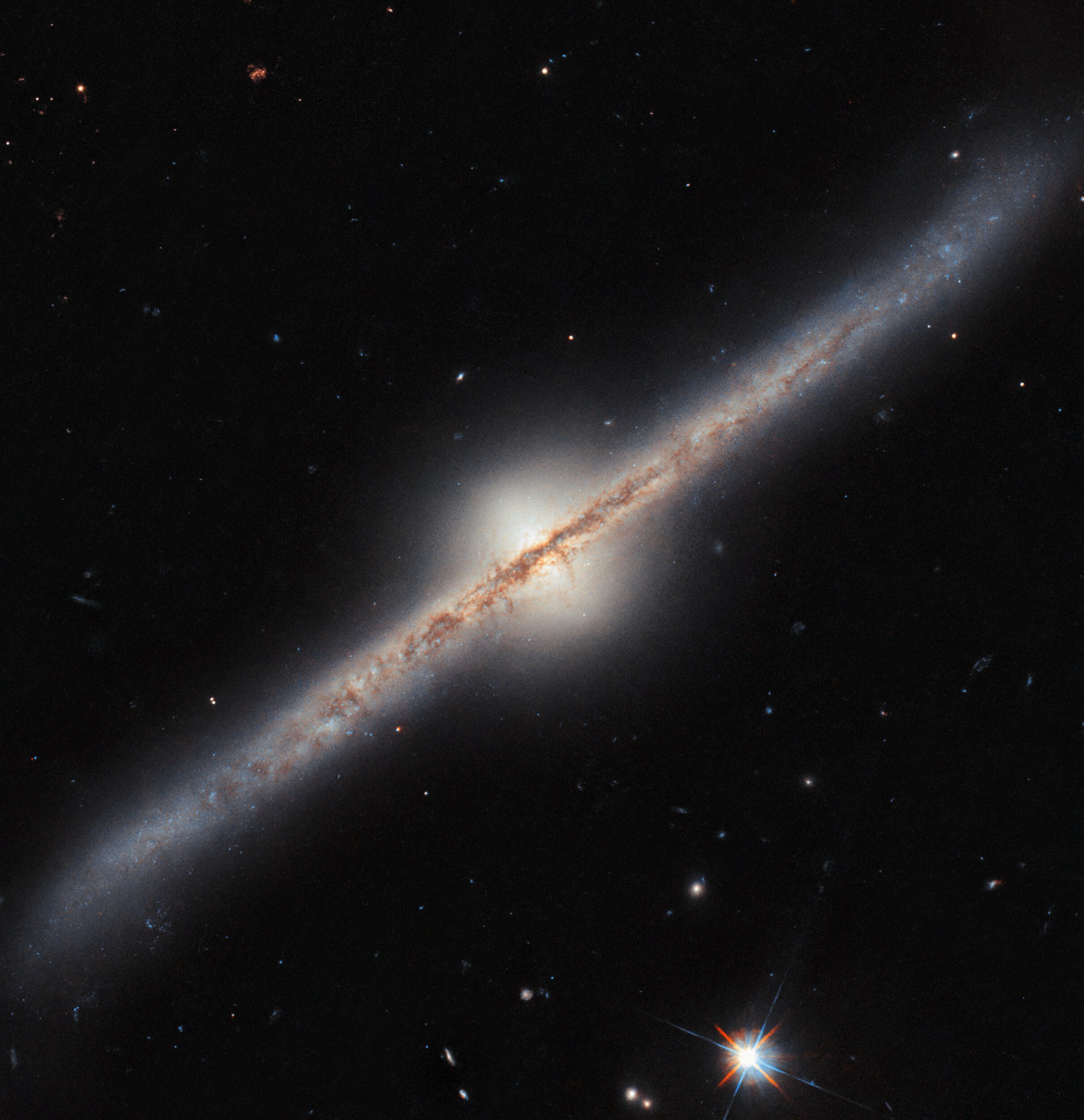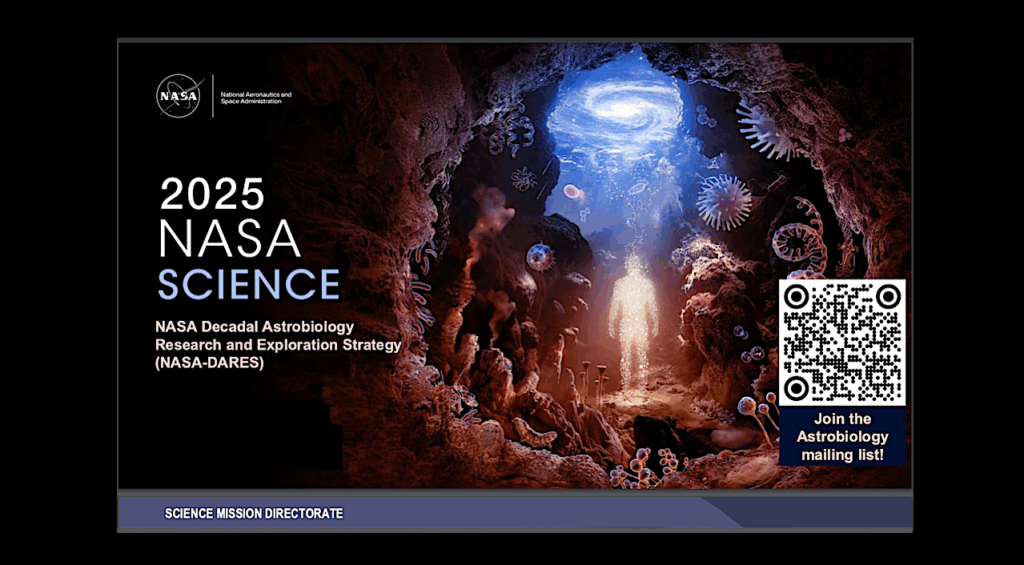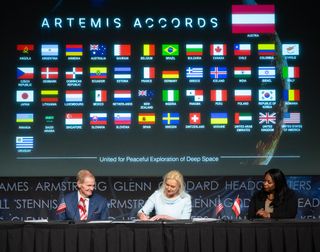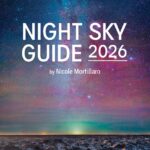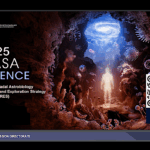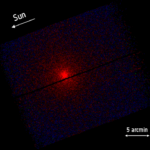Now Reading: Hubble Captures an Edge-On Spiral with Curve Appeal
-
01
Hubble Captures an Edge-On Spiral with Curve Appeal
Hubble Captures an Edge-On Spiral with Curve Appeal
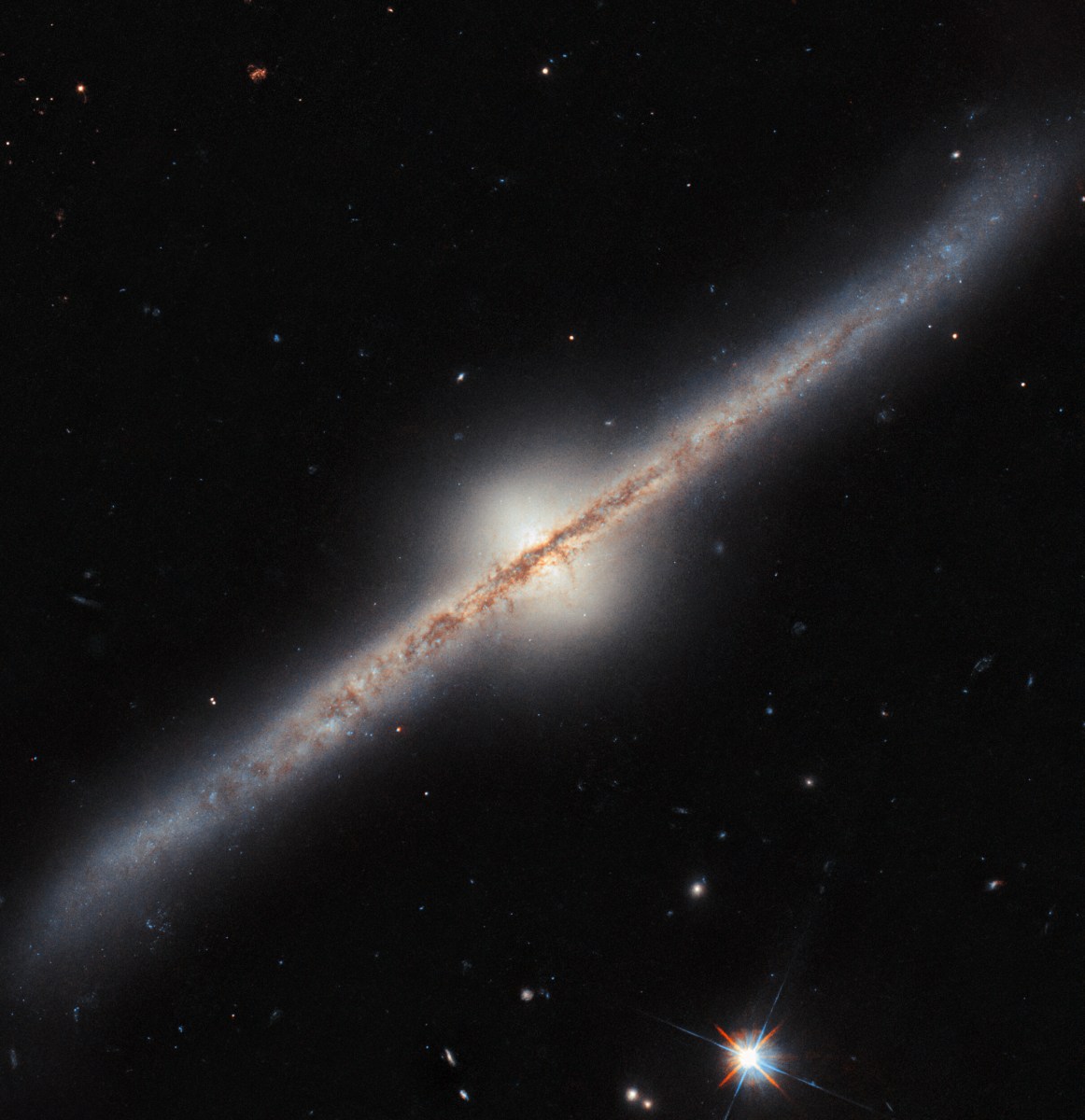
This NASA/ESA Hubble Space Telescope image features a spiral galaxy, named UGC 10043. We don’t see the galaxy’s spiral arms because we are seeing it from the side. Located roughly 150 million light-years from Earth in the constellation Serpens, UGC 10043 is one of the somewhat rare spiral galaxies that we see edge-on.
This edge-on viewpoint makes the galaxy’s disk appear as a sharp line through space, with its prominent dust lanes forming thick bands of clouds that obscure our view of the galaxy’s glow. If we could fly above the galaxy, viewing it from the top down, we would see this dust scattered across UGC 10043, possibly outlining its spiral arms. Despite the dust’s obscuring nature, some active star-forming regions shine out from behind the dark clouds. We can also see that the galaxy’s center sports a glowing, almost egg-shaped ‘bulge’, rising far above and below the disk. All spiral galaxies have a bulge similar to this one as part of their structure. These bulges hold stars that orbit the galactic center on paths above and below the whirling disk; it’s a feature that isn’t normally obvious in pictures of galaxies. The unusually large size of this bulge compared to the galaxy’s disk is possibly due to UGC 10043 siphoning material from a nearby dwarf galaxy. This may also be why its disk appears warped, bending up at one end and down at the other.
Like most full-color Hubble images, this image is a composite, made up of several individual snapshots taken by Hubble at different times, each capturing different wavelengths of light. One notable aspect of this image is that the two sets of data that comprise this image were collected 23 years apart, in 2000 and 2023! Hubble’s longevity doesn’t just afford us the ability to produce new and better images of old targets; it also provides a long-term archive of data which only becomes more and more useful to astronomers.
Stay Informed With the Latest & Most Important News
Previous Post
Next Post
-
 012024 in Review: Highlights from NASA in Silicon Valley
012024 in Review: Highlights from NASA in Silicon Valley -
 02Panasonic Leica Summilux DG 15mm f/1.7 ASPH review
02Panasonic Leica Summilux DG 15mm f/1.7 ASPH review -
 03From Polymerization-Enabled Folding and Assembly to Chemical Evolution: Key Processes for Emergence of Functional Polymers in the Origin of Life
03From Polymerization-Enabled Folding and Assembly to Chemical Evolution: Key Processes for Emergence of Functional Polymers in the Origin of Life -
 04How New NASA, India Earth Satellite NISAR Will See Earth
04How New NASA, India Earth Satellite NISAR Will See Earth -
 05And Thus Begins A New Year For Life On Earth
05And Thus Begins A New Year For Life On Earth -
 06Astronomy Activation Ambassadors: A New Era
06Astronomy Activation Ambassadors: A New Era -
07SpaceX launch surge helps set new global launch record in 2024


